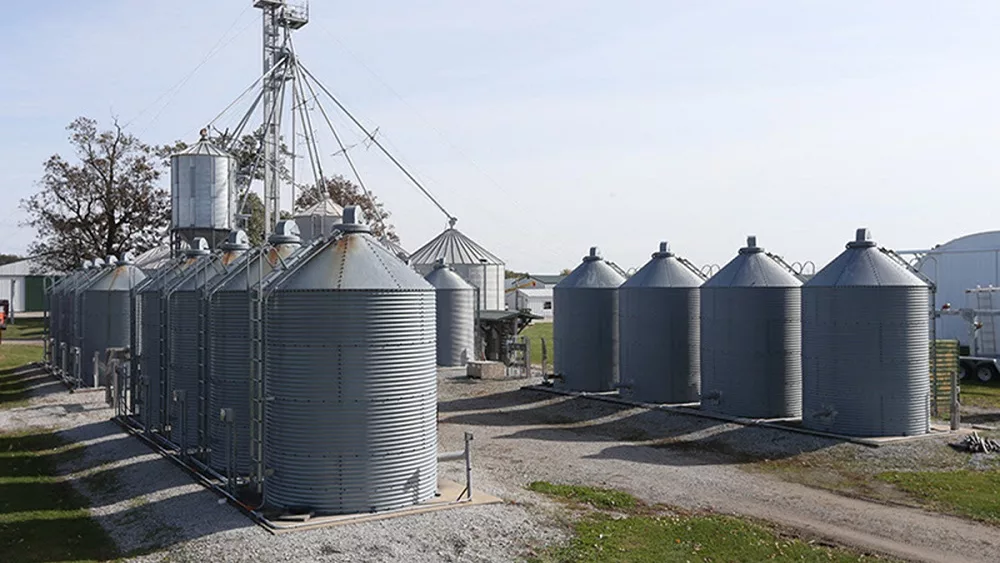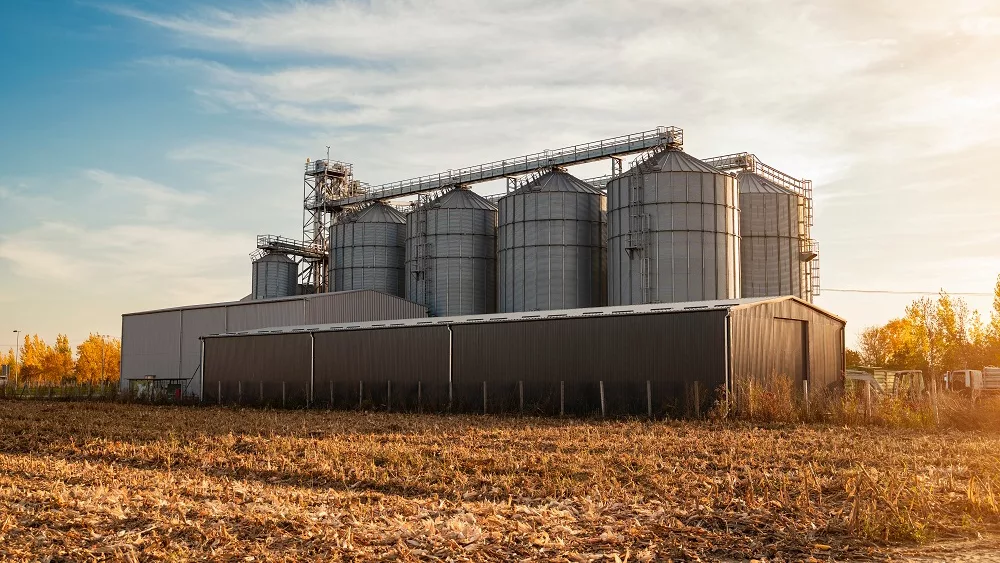EPA Ruling on RFS May Hurt Indiana Ethanol Industry
On Friday, the EPA may release its final decision on how much renewable fuel can be blended into the nation’s fuel supply. For the past 2 years, the EPA has not set the levels for how much renewable fuel can be blended into the nation’s gasoline supply. In late 2013, they proposed reducing the amount of renewable fuel that could be used. That sparked a sustained protest from the renewable fuel industry and from agriculture in general. Sources in Washington say a final ruling may come on Friday.
Dave Hudak, GM of the Poet Biorefinery in Alexandria says if the EPA lowers the blend level it will have a negative impact on the Hoosier State, “It is vitally important for Indiana’s 14 ethanol plants, multiple biodiesel plants, and the 25,000 jobs related to the renewable fuels industry in our state that the final rule encourage the use of biofuels, not limit them.” The Obama administration has been under pressure from the oil industry to limit ethanol use. They claim there is not enough production or infrastructure to warrant an increased use of biofuels. Hudak says that is simply not true, “Here in Indiana, with the help of Hoosier farmers, we have been more than equal to the task.” The Indiana ethanol industry generates over $6.1 billion in economic activity each year, and Indiana ethanol plants annually purchase over 366 million bushels of Indiana corn.
Despite grants and cost share programs, Indiana has very few retail fuel stations that offer higher blends of ethanol to the public. Hudak says the oil industry, which owns the fuel stations, has refused to make E-15 or higher blends of renewable fuel available to consumers. Patrick Pfingsten, with the Indiana Corn Marketing Council, said a reduction in ethanol demand will lead to lower corn prices.
ISDA director Ted McKinney said a lower blend number would hurt the Indiana industry just as it is ready to expand into ethanol production from cellulosic materials, “We do not want — at a time when we are ready to continue growth with the introduction of new cellulosic technology — we do not want to see this minimized.”
Hudak said the lack of certainty on ethanol demand, by not having a final blend level decision, has hurt investment and growth in the biofuels sector, including facilities in Indiana. McKinney said, during a media call on Thursday, that Governor Pence and Lt. Governor Ellspermann have written letters in support of a higher blend level to EPA administrator Gina McCarthy. The EPA has said it will issue by June 1 the RFS levels retroactive for 2014 and set totals for 2015 and 2016.




